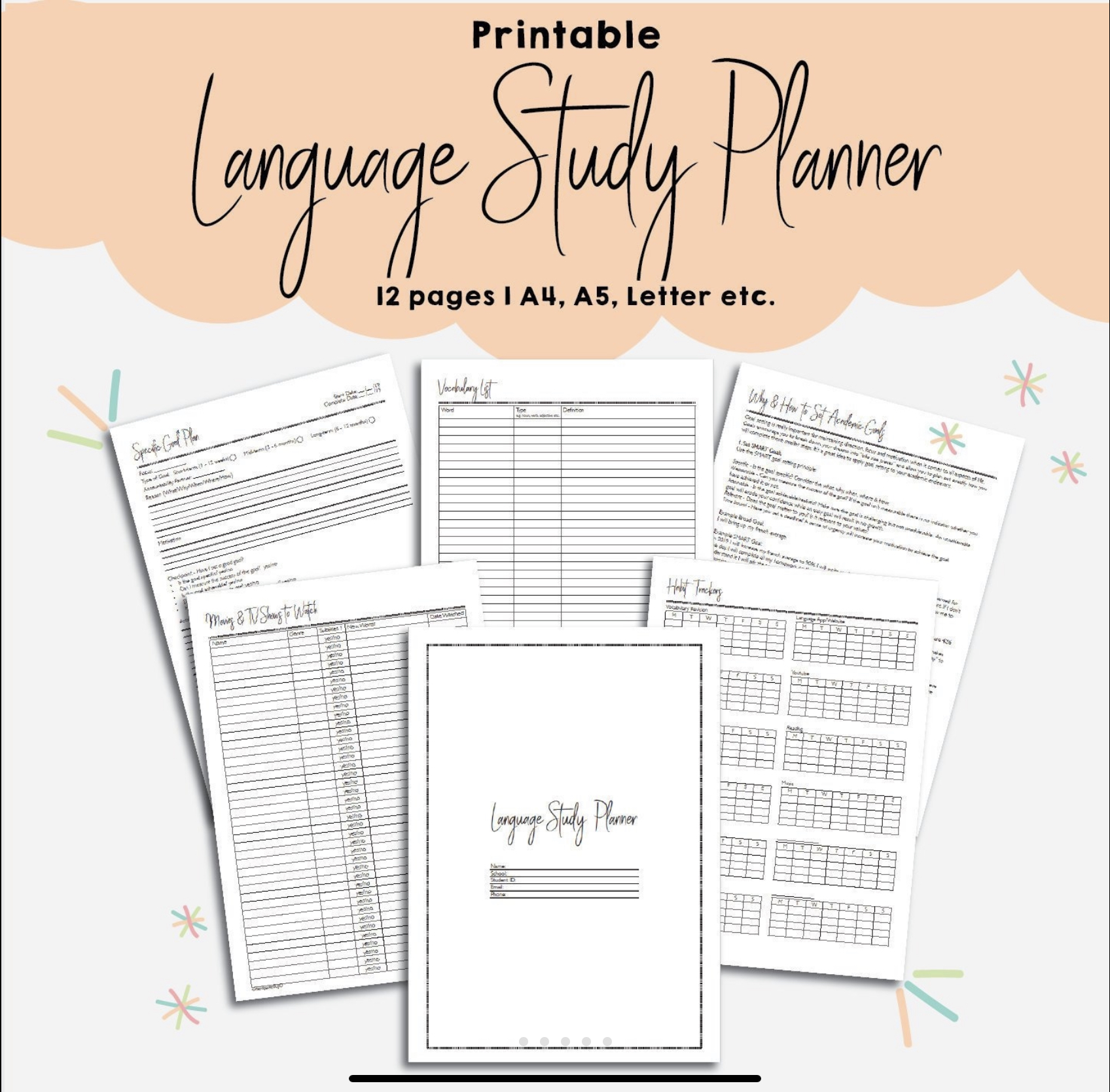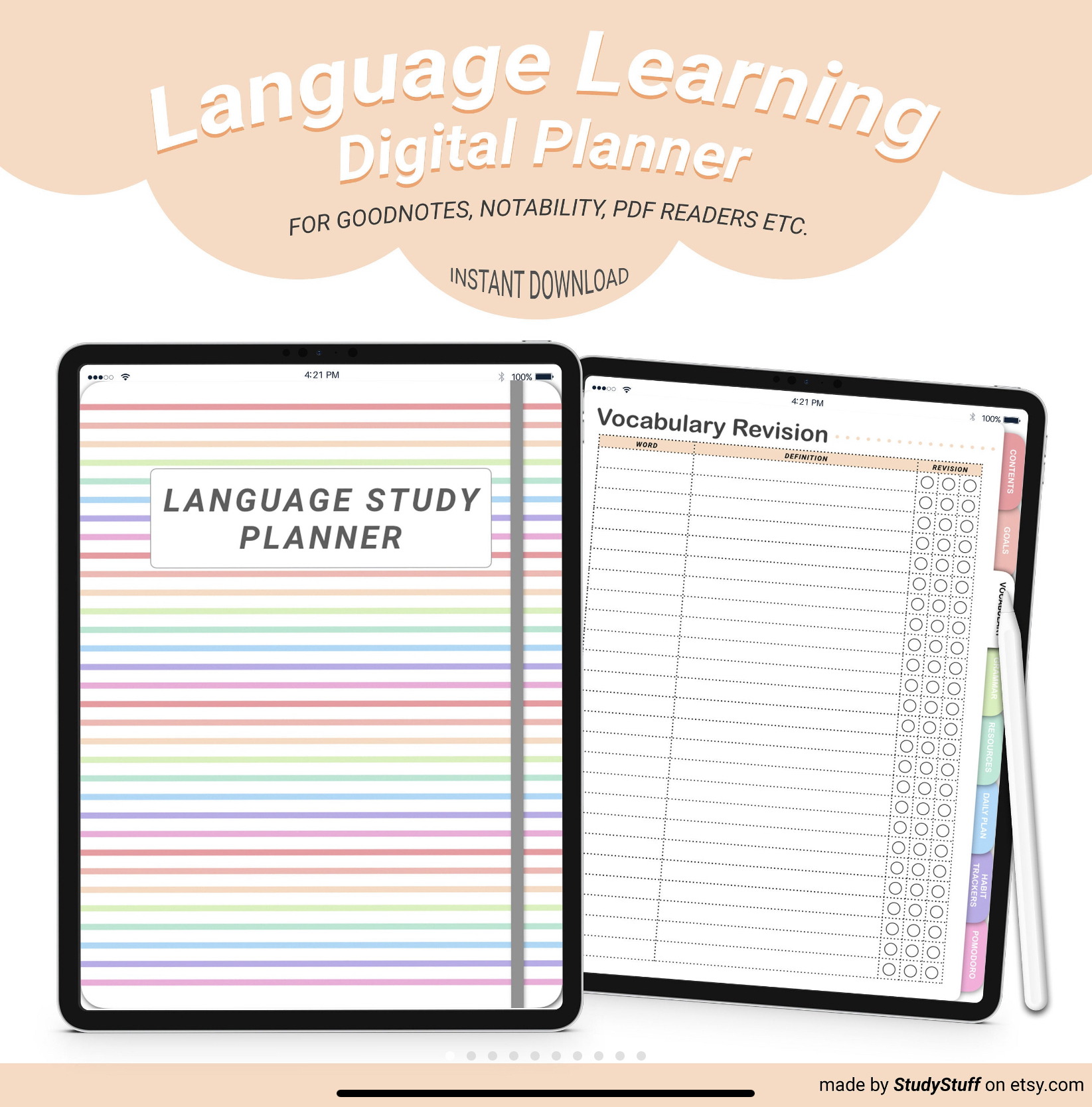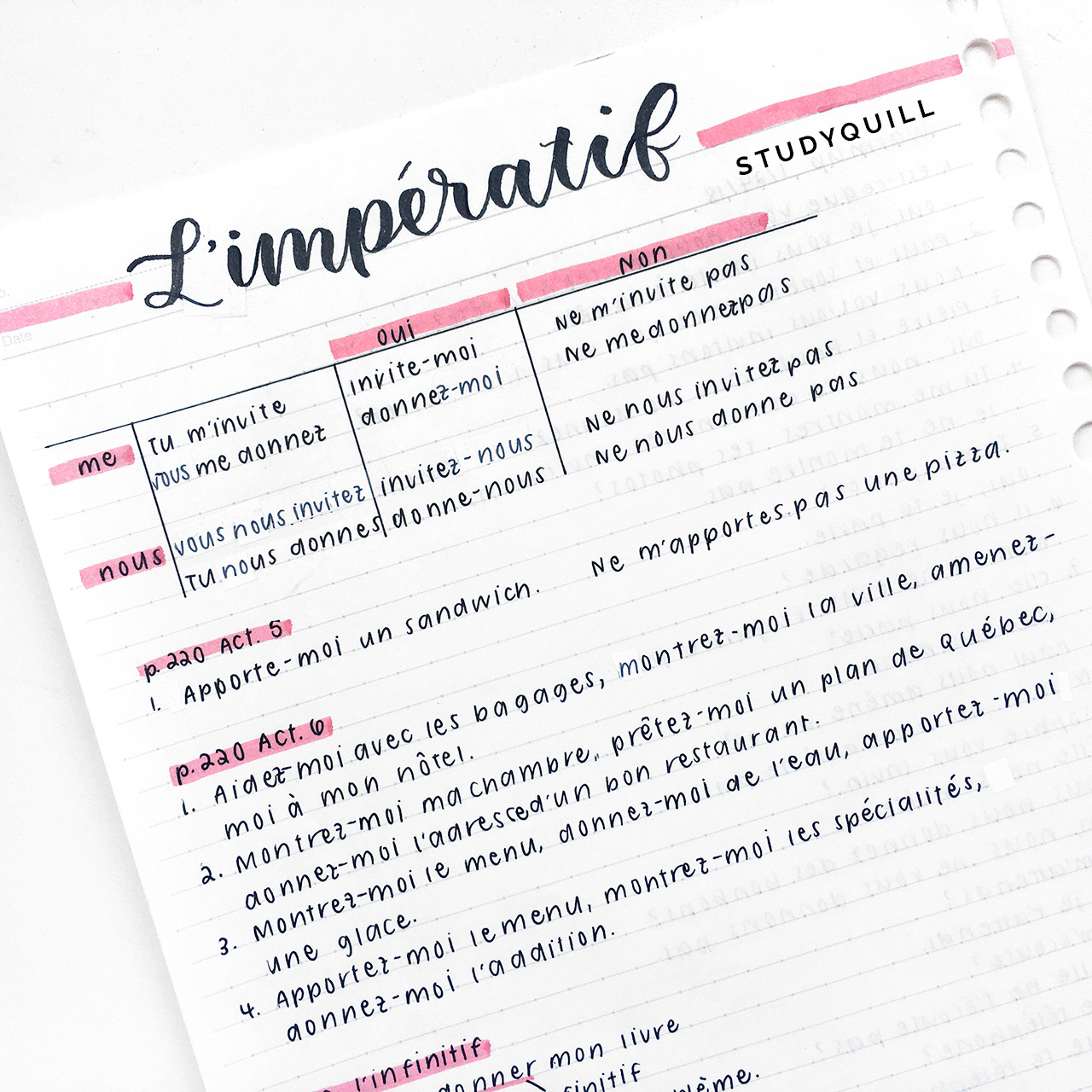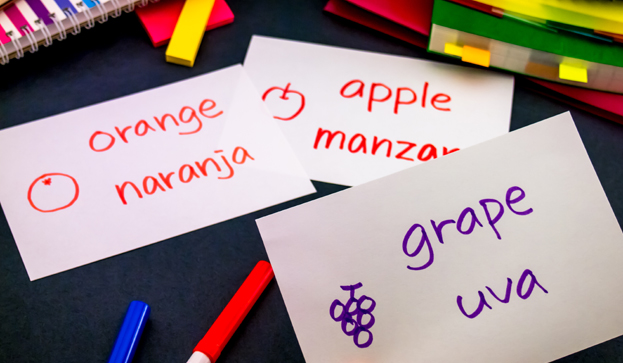
How To Set Fail Proof Language Learning Goals
For many people, myself included, becoming fluent in a foreign language is one of the biggest life goals that I want to achieve but the only problem is that it is a really challenging task. There is so much information all over the internet telling us what the best method for language learning is and it can often become quite confusing and disheartening when we don’t see instant progress. That is why setting language learning goals is so important for language learning success because they keep you motivated and on track to achieving big goals like fluency.
To set achievable language learning goals, one should think about what they exactly want to achieve and then form a goal on the basis of the SMART goal setting principle. Once a SMART goal has been outlined, an action plan should be created with major milestones that have dates to be achieved by. The action plan should be a detailed step by step plan for language learning success. Next, an accountability partner should be found to keep a language learner on track for success and motivated. And finally, the language goal should be reflected on periodically to reveal what is working and what isn’t and then adjusted accordingly to help a language learner stay on track for success.
That might seem overwhelming at first but setting concrete goals like this and sticking to your plan is the best thing you can possibly do to work towards your language learning goals. And the best thing is that I’ve made this process as easy as possible for you by creating a printable language learning planner with 3 pages dedicated to language goal setting (amongst other really helpful pages for language learning). I highly suggest that you check it out on my Etsy shop by clicking the link here as it will help you plan out your language goals, create a step by step action plan and also let you reflect on your goal so you can improve and move forward.

1. Set SMART Goals For Language Learning
If you have read any of my other articles on this blog you would’ve come across this type of goal setting and realised how much I stress it because it is extremely effective. SMART goals is a framework for setting goals that are achievable. It stands for:
S- specific
M- measurable
A- attainable
R- realistic
T- time bound
Whenever you set your next goal whether that is a language learning related goal or something else I highly recommend using the SMART goal structure. This type of goal will give you a sense of direction, motivation and a focus and through its SMART criteria it will increase your chances of actually achieving your goal.
Specific
Specific – this means that you make a very clear goal that is well defined. The more specific your goal the more likely you will achieve it. You might consider asking yourself these questions:
- What do I want to accomplish?
- Where will I achieve this goal?
- Why do I want to achieve this goal?
- When will I achieve this goal?
- Is anyone else involved in me achieving this goal?
Measurable
A goal has to be measurable so you can see if you have progressed or achieved your goal. This means that you have to determine a criteria to measure your progress for a goal. You can ask yourself theses questions to determine your criteria:
- What is an indicator of progress?
- How will I know if I have completed my goal?
Achievable
This criteria for a SMART goal is very self explanatory. You need to define a goal that is achievable. In relation to language learning this means you need to make a goal that is attainable. Pretty much don’t make a goal like ‘I will be fluent in Korean in 5 days’ because that is very unattainable, especially if you have never studied the language before. These are some questions you might consider:
- Has anyone ever achieved the goal that I am setting for myself?
- Do I have the right resources to achieve my goal? You might find it interesting my article on how to successfully self study a language if you are planning to go solo in your language learning. 🙂
Realistic
For language learning goals the attainable and realistic section are very similar and in many ways overlap. A differentiating factor in the realistic criteria is that it is specifically related to resources and time. If you believe that you can achieve a goal then it is likely to be realistic. Here are some questions you could ask yourself:
- Is my goal realistic? Do I think I can achieve it?
- Will I be able to complete my goal within the time I defined for it?
- Can I commit to achieving this goal? What is going to stop me achieving it?
Time bound
The final criteria for a smart goal is time bound. This means that your goal must have a deadline to be achieved. The reason for this is otherwise you will keep procrastinating your goal and give up on it. If there is no time frame there will be no sense of urgency to complete the goal and thus you will have less motivation. You can ask yourself these questions:
- Have I set a deadline for my goal?
- Is my deadline realistic? Can I achieve the goal in the amount of time I have given it?
2. Make An Action Plan
The next step after setting a SMART language learning goal is to write a detailed action plan. Plan out the exact steps you are going to take to achieve your goal. Outlying a plan on how you are going to achieve your goals, no matter how small the task, makes them less overwhelming and leads you to be more confident in the way you’re going to spend your time and energy.
“People with goals succeed because they know where they’re going” – Earl Nightingale
An example action plan for a language goal of learning the 1000 most common words of a language in 6 months would be:
- Find a list of the most common words online
- Write the word in the target language on the front of a flashcard and a definition on the back. (I have a printable spaced repetition (leitner system) flashcard with boxes printable on my Etsy shop that you could use if you did a goal similar to this)
- Learn 5-6 new words each day
- Revise words daily using a spaced repetition flashcard system.
In the goal setting template in my language study printable planner there is a section dedicated to writing an action plan. There is also a section for writing major milestones to complete your goal that you can tick off and date once you have achieved them. This is another element that really motivated you to keep on going and learning your language.
3. Find An Accountability Partner
Another important step in language goal setting is to find an accountability partner. For language learning an accountability partner is someone who is also trying to learn a language and you mutually agree to support each other throughout the language learning journey and provide feedback on a regular basis. In your sessions where you give feedback you can share your struggles and challenges but also the positives and give each other advice.
Accountability partners are so beneficial as they can help you stay on track and motivate you to achieve your goals. I suggest finding someone who is at about the same level as you in language learning/has similar language learning goals to be your accountability partner. This can make it a bit of a competition between you both to learn your language which can motivate you even more to put in the effort to achieve your goals.
4. Track Your Progress Towards Your Language Goal
The next step in setting language goals that you will achieve is to track your progress in achieving the goal. I’ve made this process really easy for users of my language study planner as I have included a page dedicated to tracking your goal. It works a bit like a habit tracker in a bullet journal where you colour in the corresponding days that you worked on your goal. It is really satisfying to see all the days that you have put effort into language learning and it can also act as a motivator by becoming a challenge to work towards your goal for as many days in a row as you can.
5. Take Time To Reflect On Your Goal
The final step of language goal setting is reflection. And don’t think that ‘reflection’ means just at the end of your goal once you have completed it. Constant and regular reflection on your language goals is important as it allows you to reevaluate your action plan to see what is working and what isn’t. There is no point continuing down a path if it is not working.
For example, your action plan might’ve stated that you were going to spend an hour everyday doing some form of language learning but after 3 weeks you have realised that it is unrealistic. Instead of being off-put and giving up on your goal you should re-evaluate and cut down the amount of time you spend each day learning language to something more realistic like 20 minutes a day.
Also in your reflection you should not just focus on the negatives but also your success and the positive aspects of your language learning journey. This will help you identify what works for you so you can continue to learn.
Ideas For Language Learning Goals
Short Term Language Goals
- Learn a certain theme set of vocabulary (e.g. food, household items, colours)
- Memorise the conjugation of a verb
- Learn a new grammar rule
Mid Term Language Goals
- Move from a beginner learner to an intermediate learner
- Prepare for a language exam
Long Term Language Goals
- Become fluent in your target language
- Spend 15 minutes language learning everyday
How A Language Learning Planner Can Help You Achieve Your Language Goals
A printable language learning planner or a digital language learning planner is a really beneficial tool for language students to have. In relation to language goal setting, it sets the framework for everything you need to do and you can just simply fill in the blanks to make solid goals. Additionally, there are many other beneficial pages in these planners to aid your vocabulary learning, grammar learning, note taking and studying. Read below for more information: 🙂
USE THIS PRINTABLE PLANNER TO:
- Make a strong personalised study plan to learn your chosen language fast!
- Learn to weave your chosen language into your everyday life in a range of engaging formats.
- Write down new vocabulary with definitions and practise it with the look, cover, write, check method.
- Keep track of your language learning progress with habit trackers.
- Make short-term, mid-term and long-term language learning goals!
- Rate your language learning resources (e.g. textbooks, DVDs, apps etc.)
- Write down movies & TV shows in your chosen language to watch and rate them with a 5-star rating system!
- Never ever forget something to look up related to your language again!
WHAT’S INCLUDED:
12 pages
- Simplistic Title Page With Fill Out Student Details Section
- An Overview of Why & How to Set Acadmic Goals
- Overall Goals (short-term, mid-term, long-term) & Goal Progress Page
- Specific Goal Plan Setting Page
- Language Study Overall Daily Planner (detailed half-hour slots separated into morning, midday and evening sections)
- Habit Trackers (vocabulary revision, language app/website, movies/tv shows, youtube, podcasts, reading, textbook, music + 4 fill the blank slots)
- Language Resources (name, type, rating, notes sections)
- Movies & TV Shows To Watch (name, genre, subtitles, new words learned, date watched sections)
- Pomodoro Study Planner Page
- Things to Look Up Page
- Vocabulary List (word, type e.g. noun, verb, adjective etc, definition)
- Vocabulary – Look, Cover, Write, Check (3 attempts)
+ ONE EXTRA BONUS PDF PAGE OF LANGUAGE STUDY TIPS = 13 total pages!!!
Find the printable language planner here
Find the digital language planner here

Join more than 1,212,346 people from 192 countries and learn a new language at your own pace with a Rocket Languages course!
Check Out The Online Courses Below:
Or Join A Live Online Language Learning Class With Real Teachers On Lingoda!
Check Out The Online Courses Below:
The best ways to learn a language without going to classes include: watching foreign language films on Netflix, using a …
There are many different note taking methods that can work well for language learning. To take effective notes for language …
If you are working full time and you want to learn a language, you need to make the most of …
Kinesthetic learners are the most physical of all learning styles meaning they absorb information through movement, touch and motion. Therefore, …
65% of the population are visual learners and therefore learn best by using images, graphics, colours, computers, books and other …
Flashcards are effective for language learning if you make and study them in the correct way. This is by making …






